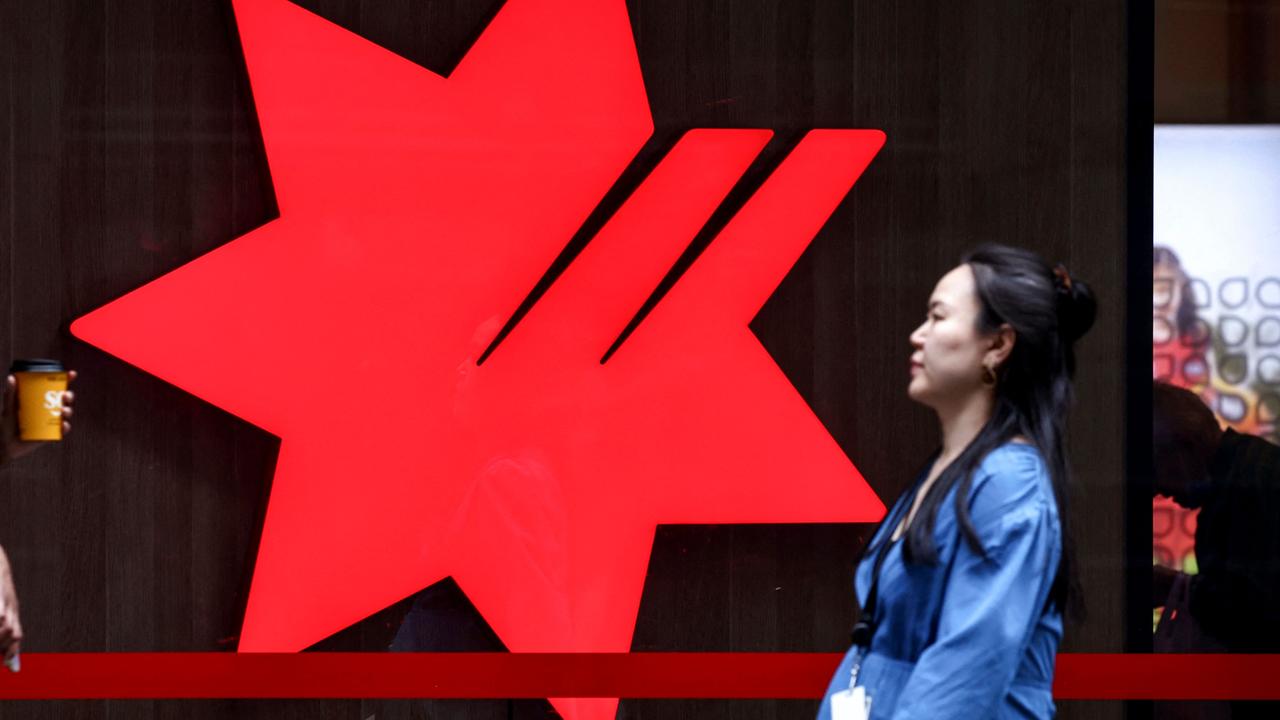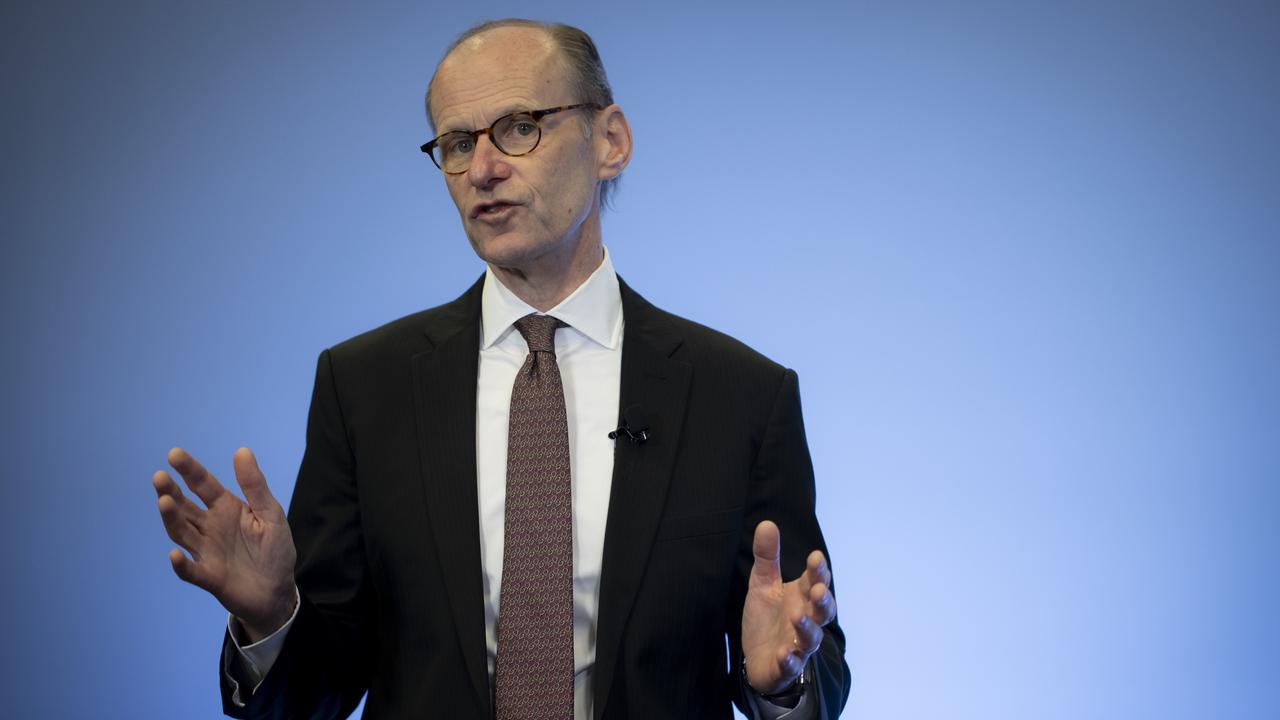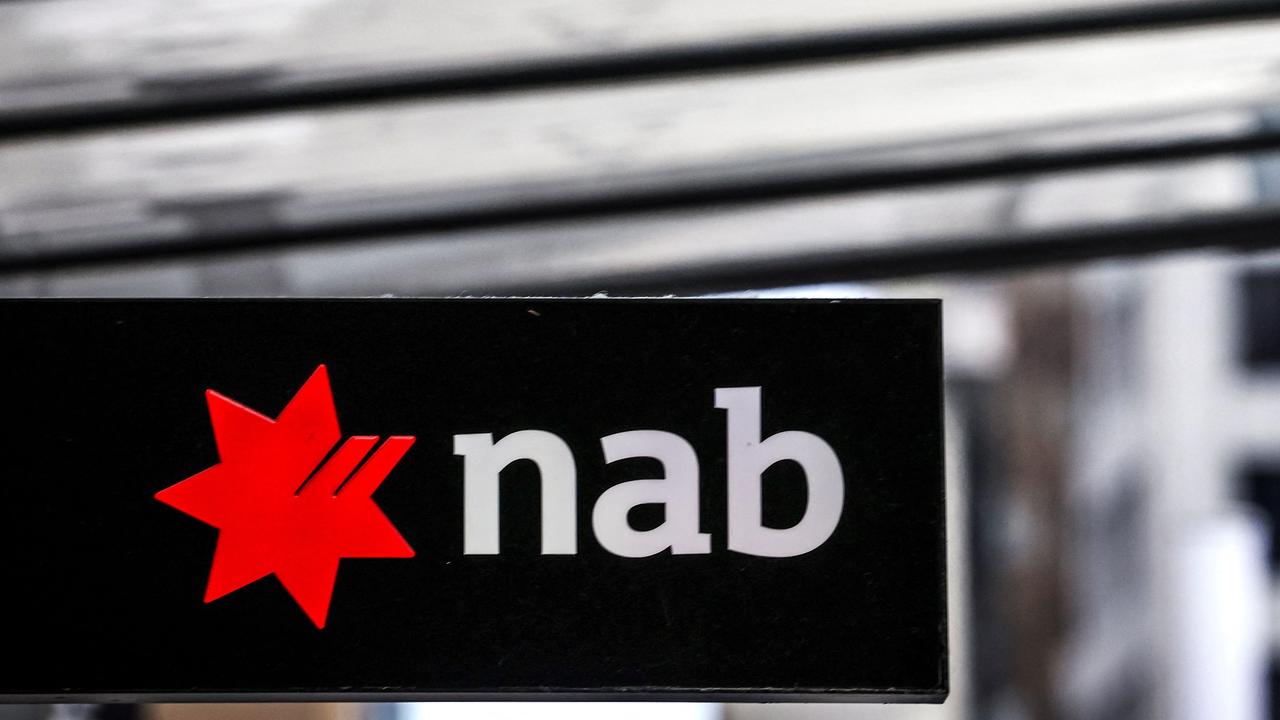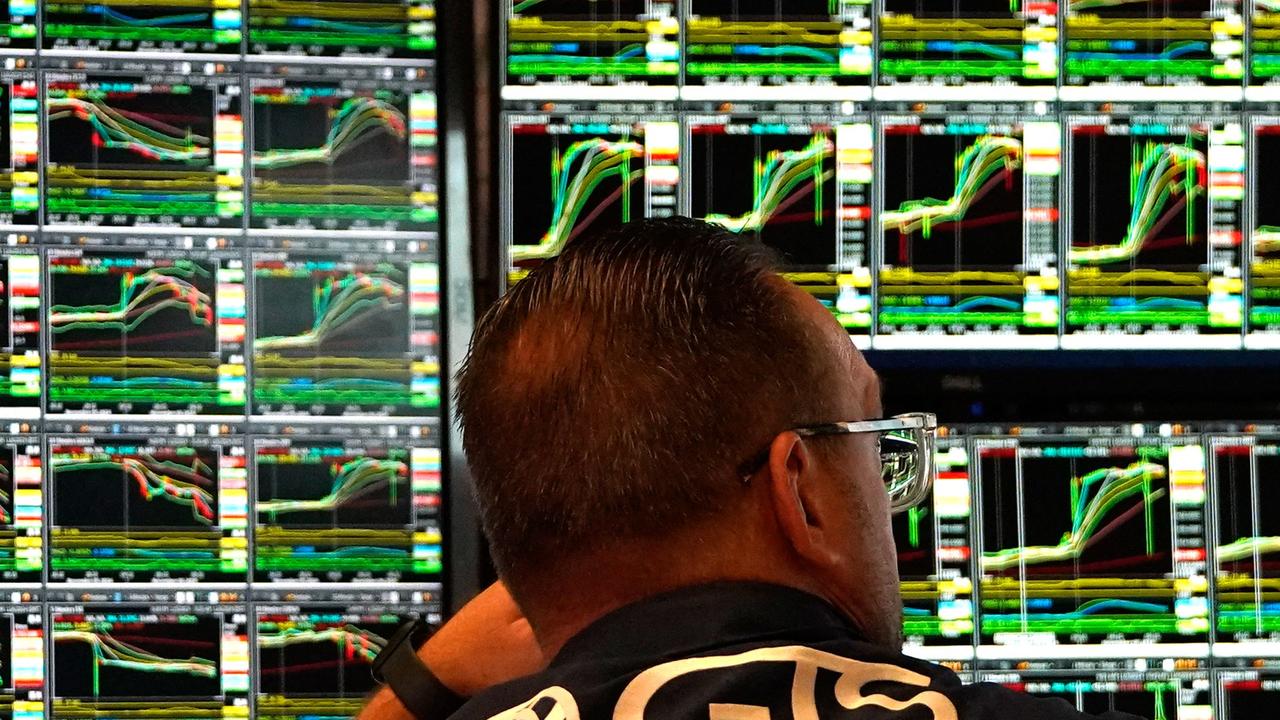Plenacura, watch-like wearable device designed to help elderly and those in care live more independently
World-first technology has been developed into a watch-like device which records health data live for practitioners to see in telehealth appointments. Here’s what it means for patients.
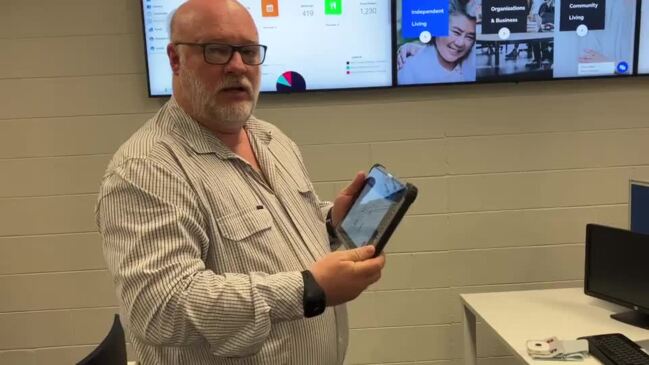
Business
Don't miss out on the headlines from Business. Followed categories will be added to My News.
A new watch-like wearable device is set to allow more elderly and people with health concerns to live independently as it monitors live vital health data and sends an SOS alarm when activated.
The company behind the device, Plenacura, with Rockhampton-based co-founder Simon Lever, have been working on the product for the past three years.
The wearable device has a range of functions, with the main feature the SOS button, which sends a direct call to the 24/7 Plenacura Care Centre team.
This team will be based in Rockhampton at a formerly mothballed building at the CQUniversity northside campus.
From here, the client is assessed through a video conference and the Care Centre team can call triple zero on the client’s behalf if necessary.
Through the wearable device, the client’s primary vitals can also be taken.
The Care Centre team is able to tell emergency services the client’s health history, their medications, ailments and all of their medical data.
“The difference between us and triple zero is, some of our consults are video, so people can actually see them and talk to them, if we have to get triple zero, we can give them all the information live,” Mr Lever said.
The device comes with a secure home door lock that can be deactivated by the Care Centre team, to let emergency services into homes.
The wearable device connects to a tablet and medical arm cuff, allowing clients to carry out their own health checks including temperature, blood oxygen, blood pressure, heart rate and blood glucose, with the results sent live to the tablet.
“We can add others, stethoscopes, scales, anything we can add into it, it’s all encrypted with bluetooth,” Mr Lever said.
Clients are able to attend live telehealth appointments while they are doing their own health checks and the practitioner is able to see what they are doing through video, as the data uploads.
“It is the only one out there that feeds live into the system so the practitioner can see,” Mr Lever said.
“It provides people with chronic disease, that say live out west, that have to fly to Brisbane to get tests when a lot of it can be done at home.
“We put them in harm’s way, fly them to Brisbane, they get their weight taken, their temperatures and then fly home and then two weeks later have to fly back to see the specialist.
“Our device does that, they can do telehealth directly.”
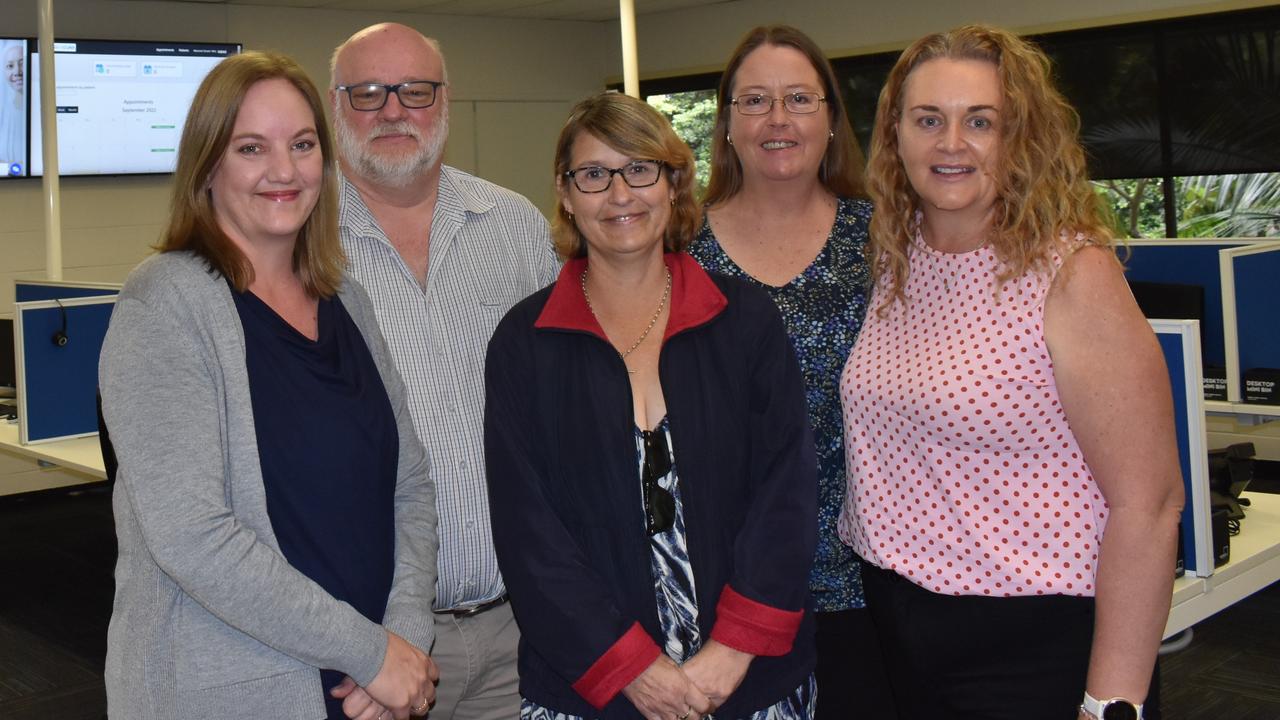
The device also has a food ordering system integrated, with the ability to manage diets and restrictions. It is dustproof, waterproof and will work as long as it has 4G connectivity.
There are also extra functions designed for dementia patients.
Geogrids can be added so that if a client goes out of the predetermined area, alarms will be signalled and the Care Centre team can call next of kin, the care facility the clients may be staying in or the police.
The client can also be GPS tracked and a Google Map will come up for the Care Centre team, and this information can be passed on.
The device would also get rid of the call nursing system at care facilities and Plenacura is in talks with major retirement villages in Australia.
The idea for the device was the brainchild of Anthony Harrowell, who was looking into how to help his grandma live independently at home.
Mr Lever was managing large construction projects on mines and was looking for ways to access medivacs quicker.
His path crossed with Anthony’s and the pair aligned their passions to develop Plenacura.
“We spoke to so many different people about the issues, we went to Queensland Ambulance Service,” Mr Lever said.
“They told us about the pendulum around the necks, a lot of people knock them and it’s a false alarm.
“The waste of time and money, especially during Covid now, we can’t afford ambulances going to false alarms.”
They went back and forth on many models, with about 270 versions of the wearable developed before they were happy with one.
The final wearable has been designed to look like a watch, without the face, and has buttons which can be felt by those who may be blind or have sight issues.
During the development stage, they have had 15 clients trial the beta model and have had resounding success.
“The ease of it, knowing there is someone there 24/7, it has their data and their history, it’s not going offshore to someone overseas, it’s not someone that is contracted, these are our staff,” Mr Lever said.
“Everything we have here has gone into how we can make people’s lives more independent and stay in their own homes longer.”
More Coverage
Originally published as Plenacura, watch-like wearable device designed to help elderly and those in care live more independently



